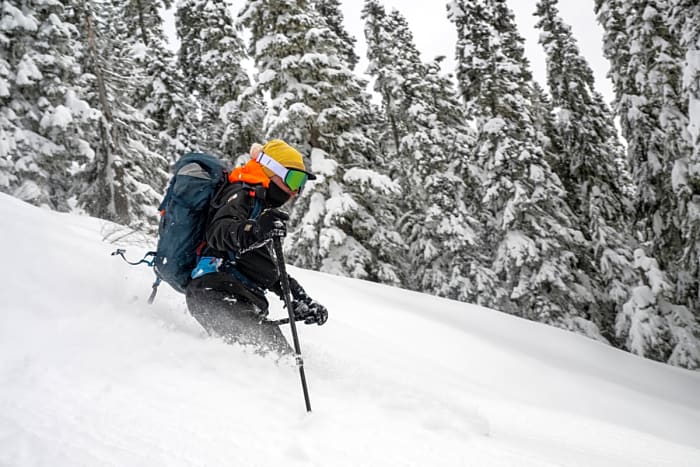
Following aggressive federal job cuts, the National Weather Service (NWS) has received permission to rehire for 450 roles that include radar technicians, meteorologists, and hydrologists, according to news reports.
The current administration slashed jobs and offered early retirement incentives across the NWS earlier this year as part of a government-wide effort to reduce spending. CNN reported that since President Trump entered office, the NWS has lost more than 550 staff members.
This spring, five former NWS directors warned that shedding staff at the weather agency could cause unnecessary deaths due to severe weather. And after a series of natural disasters this summer, including the deadly Texas floods, the NWS’ job reductions came under further scrutiny.
If all 450 new positions are filled, the NWS would almost be restored to its pre-cut staffing levels, The New York Times reported. That hiring target includes 126 jobs that the agency previously received permission to hire for.
Congressmen Eric Sorensen and Mike Flood lauded the decision. Sorensen, an Illinois Democrat, and Flood, a Nebraska Republican, have worked together on the Weather Workforce Improvement Act, a bill that seeks to protect NWS employees from future cuts.
Sorensen, in a joint statement with Flood, said that “Hundreds of unfilled positions have caused NWS offices across the country to cancel weather balloon launches, forgo overnight staffing, and force remaining meteorologists to overwork themselves.”
“While I welcome this overdue news to hire more meteorologists, we need to pass our bipartisan bill to ensure these new hires are permanent,” he added.
Want to keep up with the best stories and photos in skiing? Subscribe to the new Powder To The People newsletter for weekly updates.

Why Should Skiers, in Particular, Care?
Information collected by federal agencies like NOAA—which oversees the NWS—underpins consumer forecasts. Doppler radar, ocean buoys, and satellites all provide a clearer picture of what the atmosphere is doing by gathering huge troves of data, and, for the most part, they’re operated by the federal government.
NOAA data is available for private forecasters to use, and could help inform you of where the next powder-laden storm might land. Some of the weather models that OpenSnow, a skier-favorite forecaster, relies on are run by NOAA.
Accurate weather information is also necessary for avalanche forecasting. Earlier this year, avalanche experts cautioned that job losses at NOAA and weaker weather data would make their potentially life-saving forecasts less reliable.
More must-reads:
- Surging Aces make A'ja Wilson a legit WNBA MVP contender
- Why reported College Football Playoff proposal is a terrible idea
- The 'Most multi-HR games by MLB team' quiz
Breaking News
Trending News
Customize Your Newsletter
 +
+
Get the latest news and rumors, customized to your favorite sports and teams. Emailed daily. Always free!








